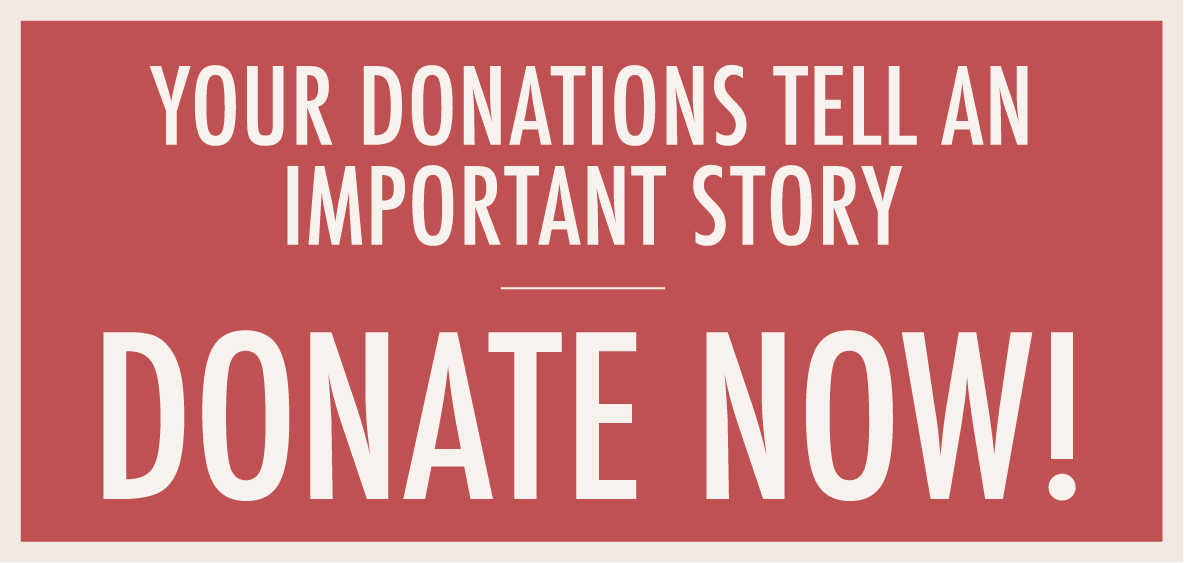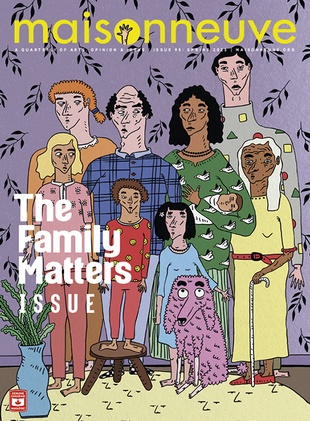The Kids Are Alright
Youth culture in Lebanon through the eyes of Fadi Hakim
On August 17, 2006, I flew from Toronto to New York to Dubai to Damascus. After much haggling and pleading in Damascus, I found a cabbie crazy enough to take me to Beirut. Ten minutes before we reached the Northern border, we heard what sounded like thunder as the Arkar bridge—the final vein into Tripoli—was struck by bombs. As I expressed my horror and fear in Arabic profanities, Abou Alle, my gracious chauffeur turned to me through a haze of Marlboro smoke, with the smile of a weary father. “Welcome to Lebanon.”
I had come to Lebanon to make a documentary on youth culture. On my last visit in 2000, newly appointed Prime Minister Rafic Harriri had just ended a 28-year occupation. The country had seemed to be on the mend and set to become, once again, “The Flower of the East.” Images of nights that lasted days, during which I met some of the most life-loving people, were permanently etched in my mind.
From the clubs to the playgrounds, the youths here are like no others anywhere in the world. Lebanon is the one middle-eastern country where the Western values of peace and democracy are deeply yearned for. Whether Sunni, Shiite, Christian or Druze, Lebanese children ground their lives in faith, yet cannot help being swept away by the types of dreams that we here in North America take for granted. What may seem paradoxical, is in fact a unique perspective born of struggle.
Youth culture in Lebanon is more relaxed than in other middle-eastern countries. “It’s not like it is in Iran or anywhere else for Shiites any more,” I was told by Hsan Dakroub, 23, a Shiite youth living in the Barbir District of Beirut. “Maybe before with Assad Moussawai [former leader of the pro-Syria Hezb Allah guerrilla movement], but [Hassan] Nasrallah [secretary general of the Hezbollah movement] is seen as ‘the smiling leader’ to us.” Lebanese youth typically seeks pleasure in the types of distractions enjoyed by their counterparts in the west. “We buy Dolce & Gabbana and party like everyone else,” said Dakroub.
But it’s not all about designer clothes. “I love my country and I love being a Shiite, that is why I am covered,” said Tala Enseouf, 26, a student at the American University of Beirut. “I respect the teachings of my god and [believe] that my faith will set me free. I know that not everyone [at school] does but isn’t that why we’re here?”
Samir Hannan, 21, a student at the Lebanese American University, told me he believed that war could actually break down religious barriers between people. “Everyone hears the same bombs and everyone goes without water and electricity. These are the things that matter.”
The Divine Victory. The Middle East Crisis. Crisis in the Middle East. The Crying War. Finding a name for what was happening in Lebanon in the summer of 2006 was a task as politicized as the conflict itself. Imagine a hockey game that ended in both sides thinking they’d won. In Beirut, the kids gave up using words all together. They describe the war with a shrug of the shoulders, a rolling of the eyes, and my personal favourite: a lip fart.
Before the ceasefire in the Gamayzee Club District, I asked 17-year-old Omar Sienni how anyone could be in the mood to party.“It’s all we have left,” he replied. “School is cancelled. My parents are depressed because they have no work, so home life sucks. I can’t swim because the sea is full of oil. There are constant blackouts and water shortages meaning no TV or showers. Bombs at 4 a.m. are my alarm clock. I wake up at 2 p.m. because I have nothing to do, so at night I go out with friends.”
Was he ever scared, I wondered. “I’m going to live my life even if it costs me my life.”
I asked the group surrounding him what they thought about the war and was met with a chorus of lip farts. Then Christianne, a petite, dark-eyed teenager, spoke up. “It’s not our war. Why should we care?”
"We’re used to this," said self-professed war veteran Tina Ghanem, 25, recalling the time after Rafic Harriri’s assassination the summer before. A string of violent events had ensued shortly afterward, executed by Beirut’s underground. “If you wanted to get rid of anyone, that was the time,” said Ghanem. “We used to sit at each other’s places until around eleven and wait to hear news reports about which district a car bomb went off in. If it happened in Monnot, people would flood to the Gamayzee. The next weekend it might have happened in Gamayzee so we went to Monnot—that district would be full of people talking about who got killed, what he’d done and who knew him!”
It is such nonchalance-turned-resilience that propels this country forward. Minister of Technology and Information, Dr. Rita Jaloul, refused to see Lebanon’s glass as half empty. “We have to rely on our strengths,” she stated, referring to Lebanon’s expertise in recouping after the war—an experience and expertise that I would not wish for any country to have to have.”
Wars have inadvertently brought about the continual progression of Lebanon’s infrastructure, as they give engineers and city planners fresh chances to improve upon mistakes made in the past. “The result is a country with an infrastructure like no other.”
Jaloul considered her most difficult task, as a politician and a mother, to be convincing people—especially the younger generation—that the fighting had come to an end. Sadly it was not something she could guarantee.
At the time, things looked promising. A wedding in the Dahia District, a Shiite suburb of Beirut that was decimated during the war, took place one week after the ceasefire. Those in attendance considered the occasion a rebirth. Whether the tears shed were happy or sad, that day, I’ll never know. One thing is for sure: every older lady there dove for that bouquet.
Optimism seemed to permeate Lebanese culture. The popular youth bi-monthly Aishti Magazine, although 192 pages slimmer than the 336 pages of the previous edition published in January, read as a love letter to its country of origin. Entitled “Lebanon: My Immortal Beloved,” the magazine’s cover featured a model getting out of a trademark Beirut “service” (taxi). In addition to featuring fashion spreads of the couture offered in its downtown store, Aishti presented articles, images and interviews dedicated to the enduring beauty of Lebanon’s people and culture.
At Lebanon’s first fashion show since the conflict, a widely broadcast televised event, designer Nicholas Gebran dedicated his Fall/Winter 2006 collection to Beirut, saying, “every time it is attacked, its lovers’ feelings bloom to revive it.”
School started back on October 9, and campuses were abuzz with students going through enrollment, orientation and hazing. Professors at the American University of Beirut (AUB) and Lebanese American University (LAU) alike were preparing for the new fall/winter semester with a focus helping students confront the experiences of their fateful summer vacation.
Dr. Tima El-Jamil, a professor of Clinical Psychology at AUB, told me, “It has been a habit of ours in the past to want our want children to forget, but it is important to deal with these emotions. It is our responsibility to ensure that this hatred is not transferred.” Her plans for helping students process what they’d been through included holding a general discussion about feelings toward the war at the start of each class. The curriculum would continue to address war-related issues throughout the year.
Dr. Katie Saprouphim, a child psychologist at LAU, gave a hearty nod to parents who had turned to psychology as an aid. “It is encouraging this time to see families taking an interest in the mental health of their children. I have been receiving many calls.” She also highlighted pivotal developments in her field. “Psychological assessments of our youth, in particular ECD [Early Child Development], are being studied and addressed for the first time in this country, a surprising innovation to say the least. Many professors receive these evaluations, and [this] shows that we as a people are making an effort to learn from our past to build a better future for those who are our future.”
And what did the students think of such attention to their welfare? “We’ll survive,” said Sociology student Haytham Shehba from his perch on the main steps. “The war is not ongoing at least. It happened, and then it ended. I think that makes it easier to cope.”
Asked about the latest conflict, an animated student, Halima Shekka, said through a mountain of curls, “It sucked but what are ya gonna do? Go to school, get a job, get married and hope your kids don’t go through the same thing.” As for whether she felt she could have an effect on that outcome, Shekka replied, “I guess that depends on what grades I get!”
As Ramadan began in Beirut, throughout the day, the city’s denizens went about their business looking forward to the moment they could eat. At three o’clock, the streets were as empty as the bellies of the fasters. By sunset, all areas cracked swiftly back to life as families and friends packed out restaurants and each other’s homes to break their fasts. After supper, the Corneiche and Raouche districts swarmed with laughing kids, cruising teens and their happily exhausted parents. The scent of Hookah smoke was rich and ubiquitous. Tents lined the boardwalks to sell sumptuous treats until 5 a.m. The city had suffered, but now a beauty was re-emerging so intense that it could inspire someone like myself, who had never written anything before, to do just that.
Fadi Hakim owns Colour Party Productions in Toronto and is currently in Lebanon filming a documentary on youth culture. He has also been posting his findings diligently on his blog, Beirut Blues. www.fadihakim.com





